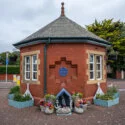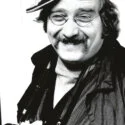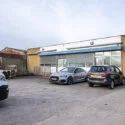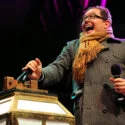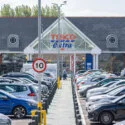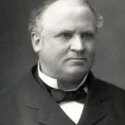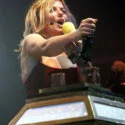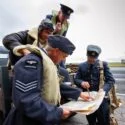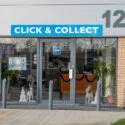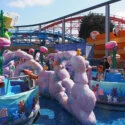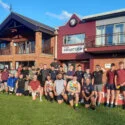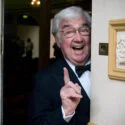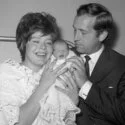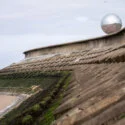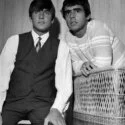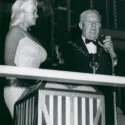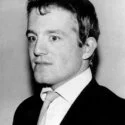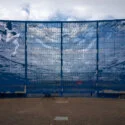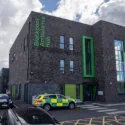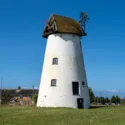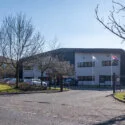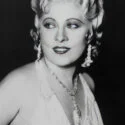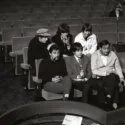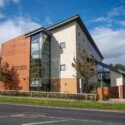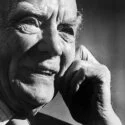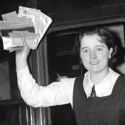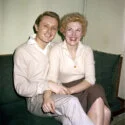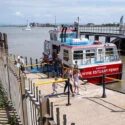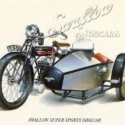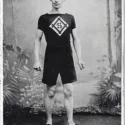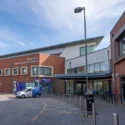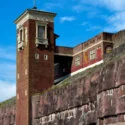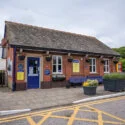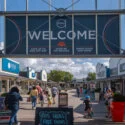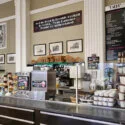Constructed in 1913 by Magee, Marshall & Co Ltd, this Edwardian pub originally opened as the Central Picture Theatre on 11th July 1913. It was rebranded as the King Edward Picture Palace in 1914. When the King Edward Cinema opened its doors in July 1913, it was first known as the Central Picture Theatre—a name that remains visible in cream terracotta on the grand, curved gable that rises above Central Drive, at the junction with Read’s Avenue. This was in the early days of silent cinema, and from the outset, the King Edward sought to establish itself as ‘the finest picture palace in Blackpool’.
Under current plans, the building’s façade will be preserved and may even be incorporated into a proposed ‘artisan food hall’ located on the south-east approach to the site. This is certainly welcome news, as the King Edward’s striking Accrington brickwork, stone-coloured banding, large Venetian window, pilasters, and checkerboard pediment make it a truly exceptional structure. Inside, a barrel-vaulted ceiling and delicate plasterwork in floral and leafy designs were once featured, though much of this was likely destroyed when the building was transformed into a restaurant in the 1980s.
The King Edward’s management was always keen to make a statement. Early advertisements proudly described it as the ‘prettiest and cosiest new theatre in Blackpool’. They also touted ‘1,000 tip-up seats’, alongside promises of ‘all the latest and up-to-date films’ and ‘popular prices’. Despite being one of the first purpose-built cinemas in Blackpool, the venue faced stiff competition. Films had already been shown in the town for two decades, with established halls such as the Colosseum on Tyldesley Road, the Royal Pavilion on Rigby Road, the Hippodrome on Church Street (which would later become the ABC), the Tivoli Theatre in Talbot Square, the Princess on the Promenade, and the Clifton Palace opposite what is now Marks & Spencer. The Winter Gardens and the Victoria (later South) Pier also had cinemas. Just a week later, the Imperial Picture Theatre opened on Dickson Road.
Although the King Edward’s ticket prices were initially popular, they quickly increased. Initially, it cost 3d or 6d for stalls, with the balcony priced at 6d. But before long, the cheapest ticket rose to fourpence, then fivepence, with those arriving ‘early doors’ paying even more.
The site eventually became home to Tudor Bingo. By 1972, it had ceased operations as a cinema and was repurposed into a bingo hall, a function it served until March 1984. After several years of vacancy, it was transformed into a nightclub called The Venue, and the façade was restored in recent years. The building’s chequerboard brickwork and Dutch gable added character to an otherwise dull part of town. It later became an entertainment venue called Family Fun, before returning to nightclub use under the name Central Cabaret Bar, which closed in May 2009. The building remained vacant in 2024.
The King Edward Picture Palace is a Grade II Listed building.
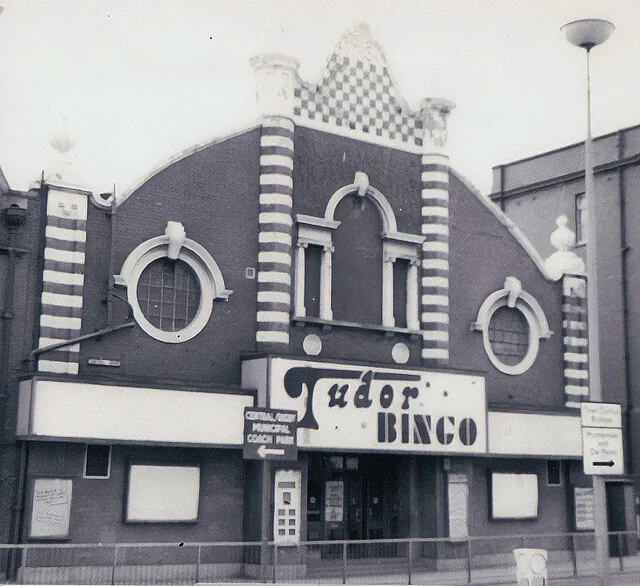
Tudor Bingo, Central Drive, Blackpool. www.cinematreasures.org – CC BY 3.0
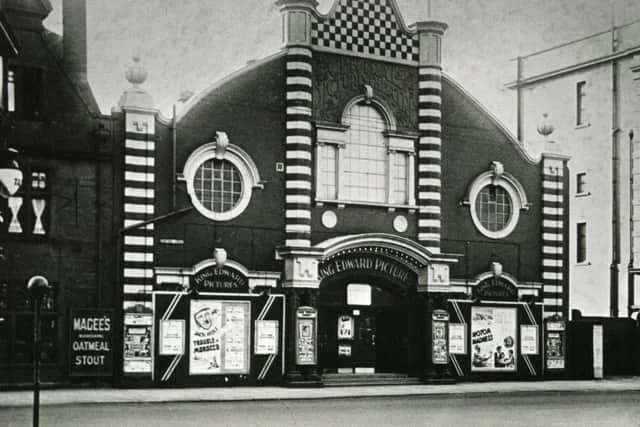
King Edward Picture House – www.cinematreasures.org – CC BY 3.0
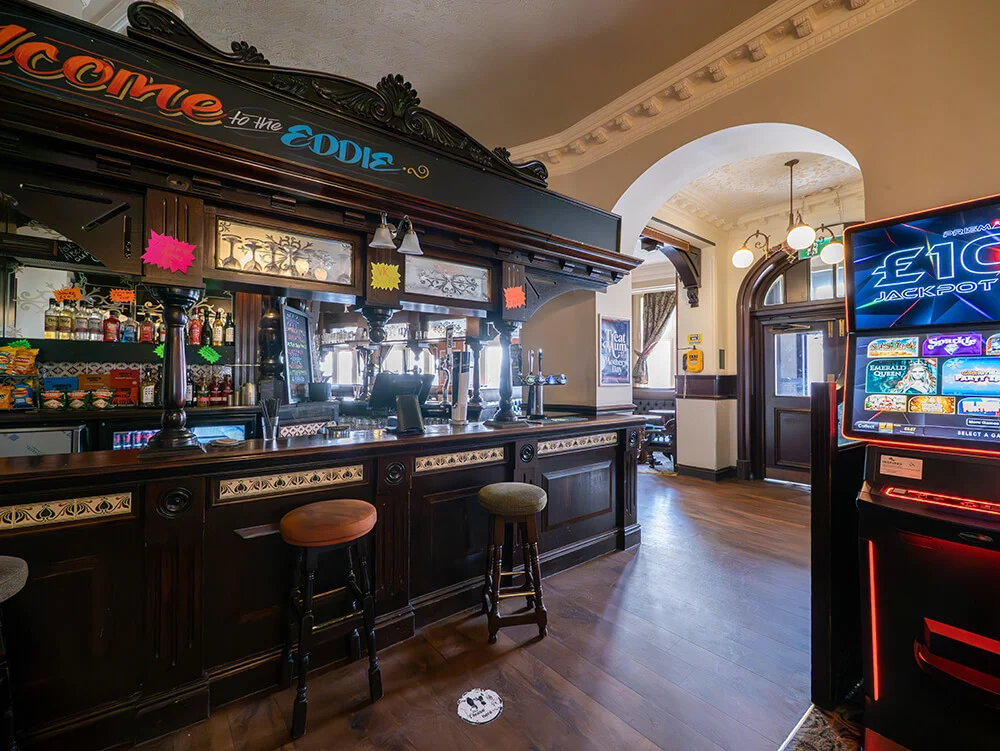
Inside the King Edward VII Pub
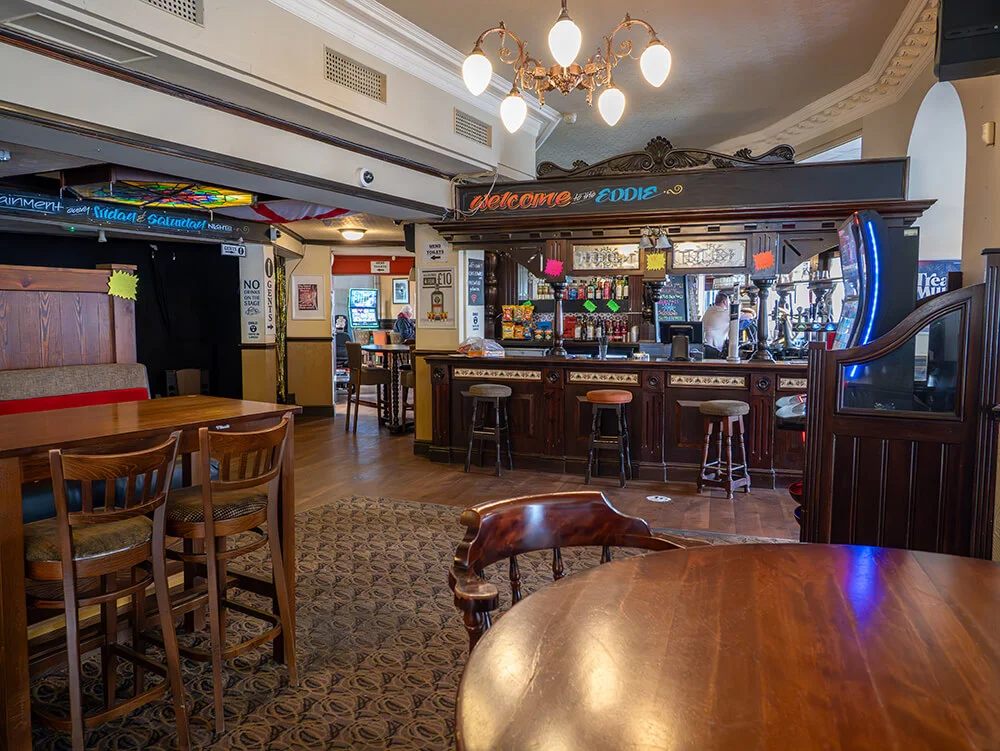
Inside the King Edward VII Pub
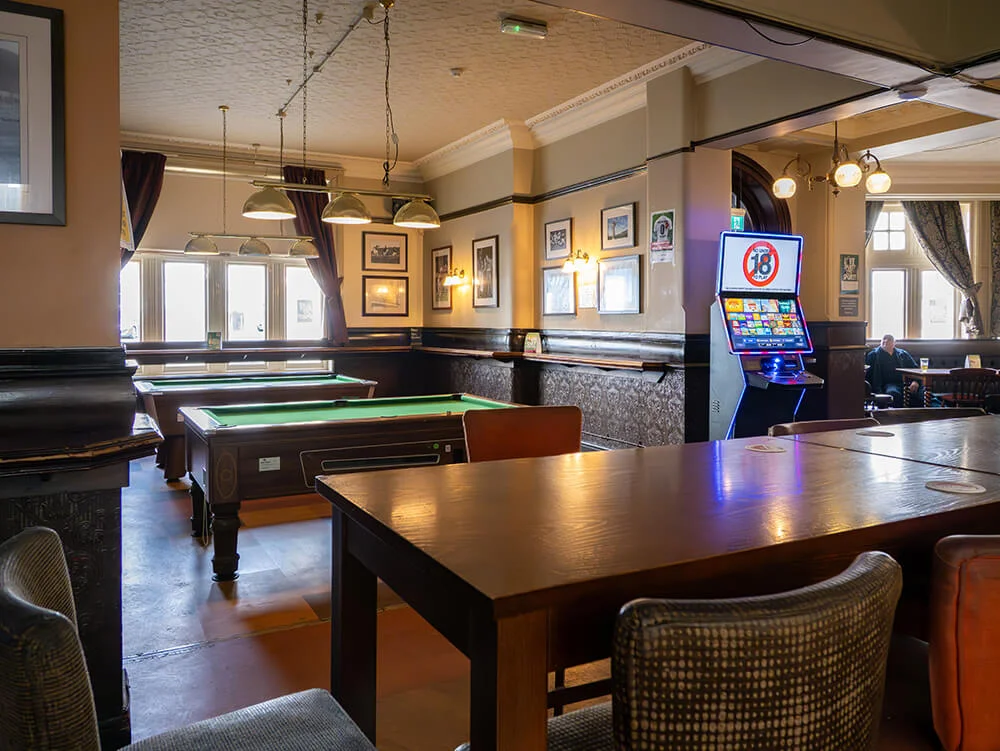
Inside the King Edward VII Pub
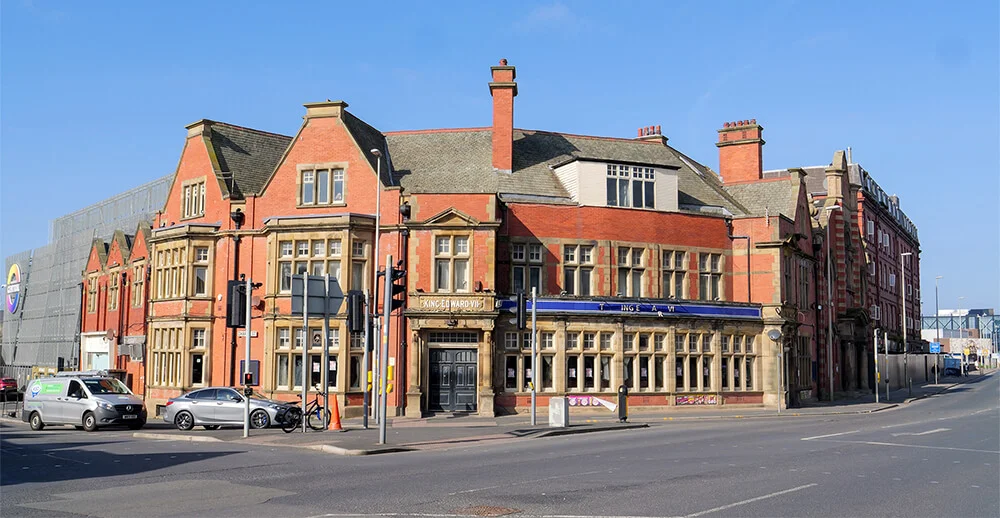
Outside the King Edward VII Pub
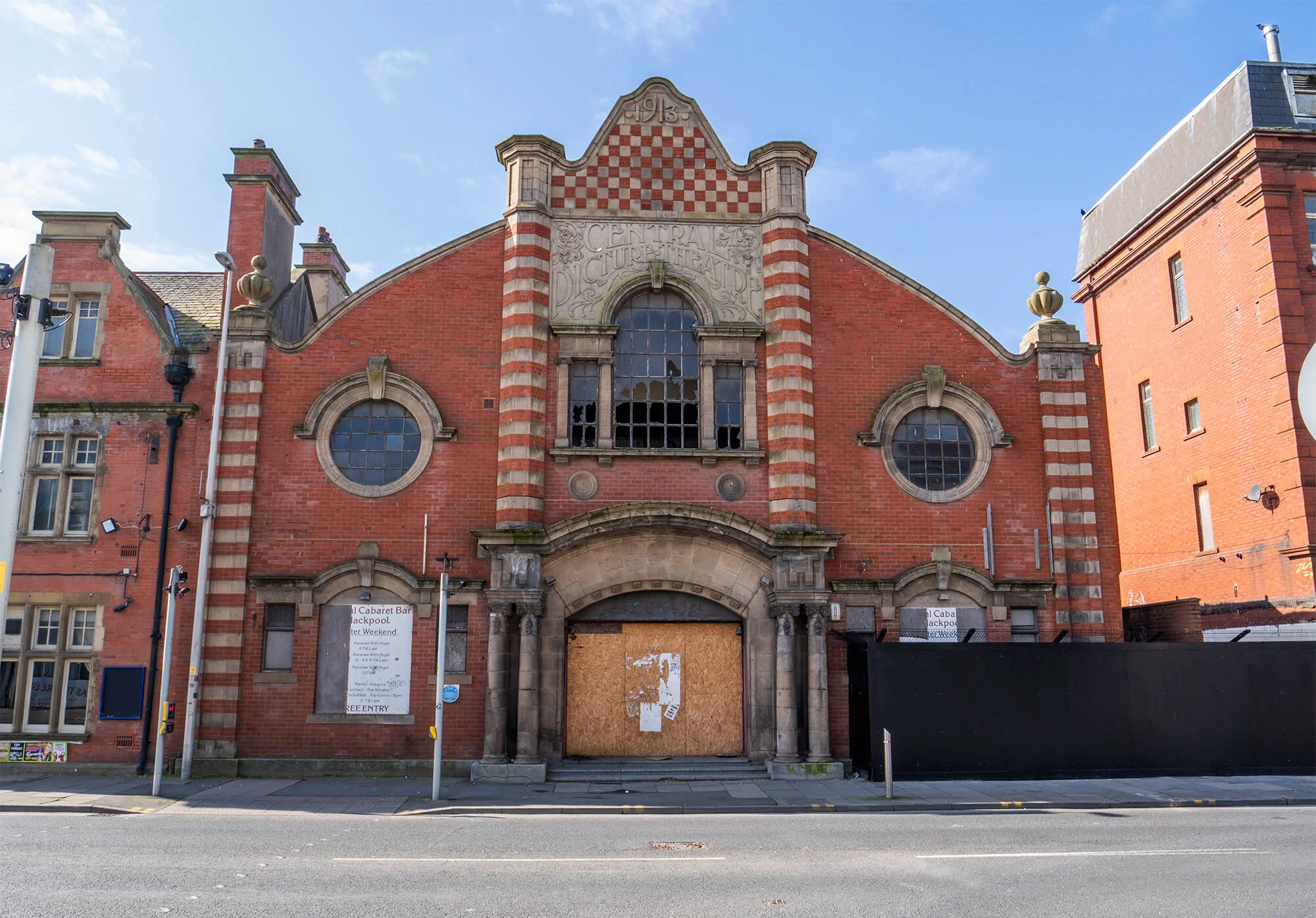
Central Picture Theatre as it is today
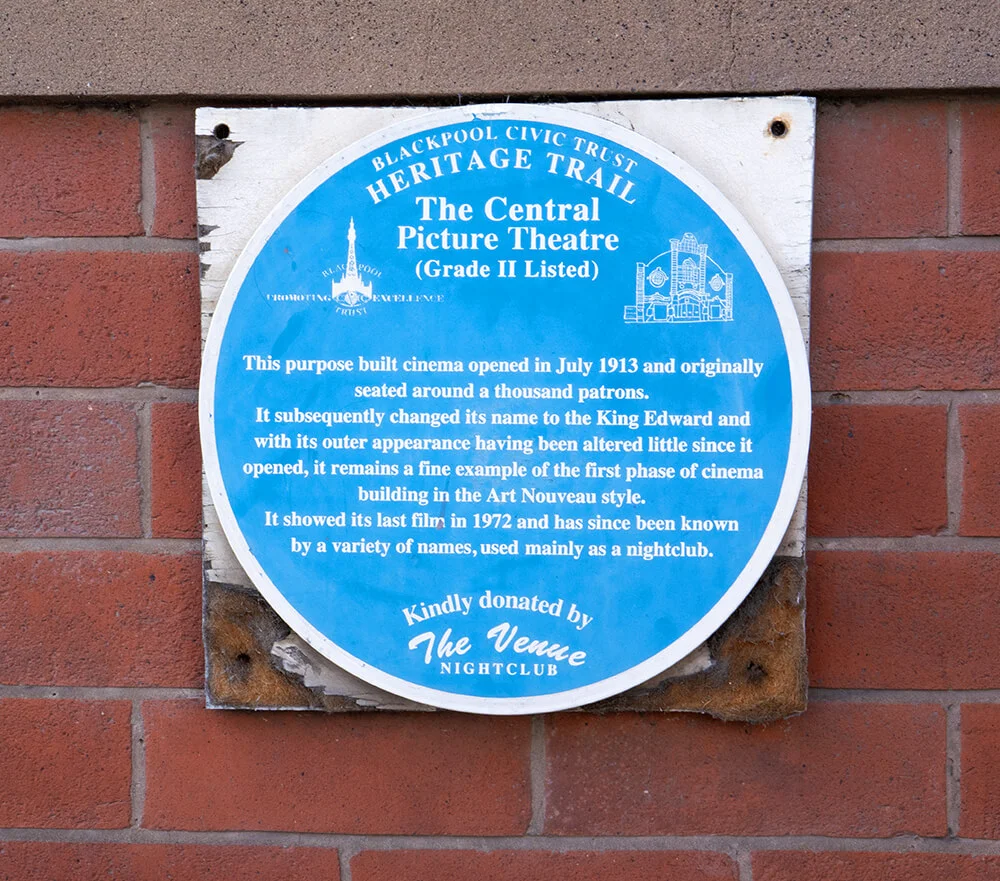
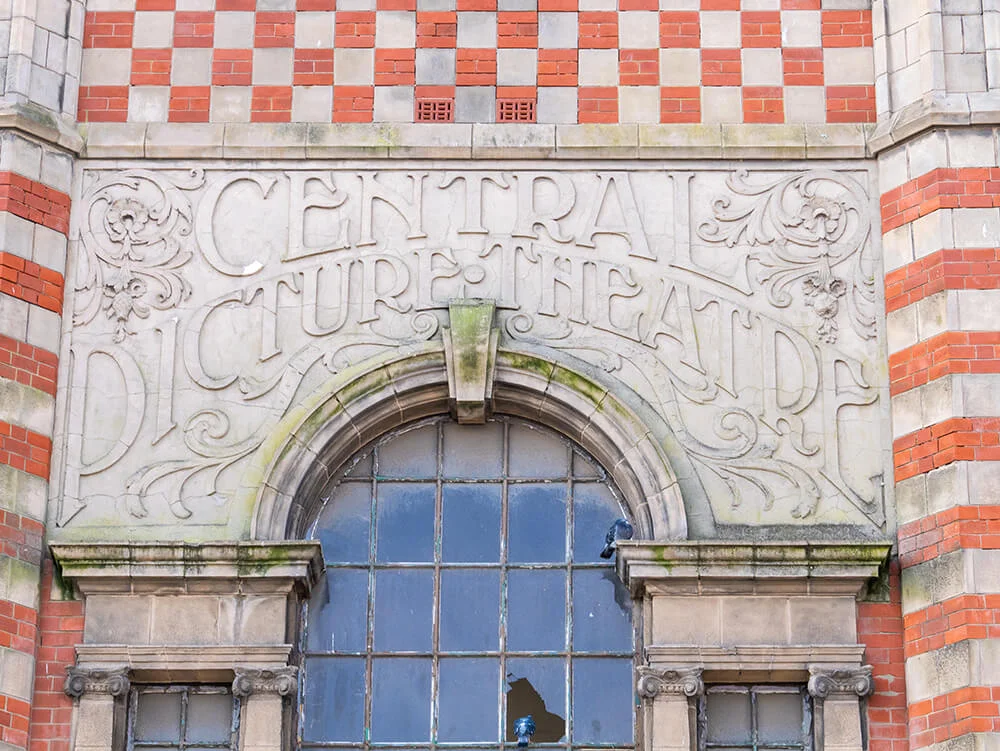
Text source: The Gazette'swebsite
Images by © Deeper Blue Marketing & Design Ltd

